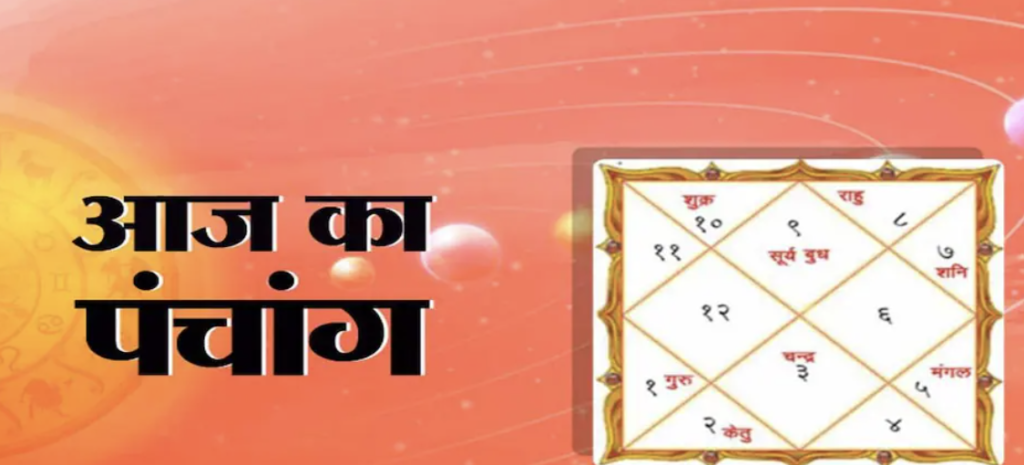Have you ever wondered how your grandparents always know the perfect time for prayers or special occasions? The secret lies in something called a Daily Panchang – think of it as a special calendar that’s been used in India for thousands of years!
What Is a Panchang?
A Panchang is like a daily planner that tells us about the moon, sun, and stars. Just like we use regular calendars to check dates, Hindu families use Panchang to plan their important days. The word “Panchang” comes from two Sanskrit words: “Pancha” (meaning five) and “Anga” (meaning parts).
The Five Special Parts of Panchang
1. Tithi – The Lunar Day
Imagine the moon playing hide and seek with the sun! A Tithi shows us how much of the moon we can see each day. There are 15 Tithis during the bright half of the month (when the moon grows bigger) and 15 during the dark half (when the moon gets smaller).
2. Vara – The Day of the Week
Just like we have Monday through Sunday, each day in the Panchang has a special planet watching over it. For example, Sunday is ruled by the Sun, while Monday belongs to the Moon!
3. Nakshatra – The Star Houses
Think of Nakshatras as 27 special star-hotels where the moon stays during its journey across the sky. Each hotel (or Nakshatra) has its own personality and brings different kinds of luck.
4. Yoga – The Special Combinations
Yoga in Panchang isn’t about stretching exercises! It’s about special meetings between the sun and moon that create good or tricky times for different activities.
5. Karana – The Half-Day Marker
Karanas are like mini-time periods that help us know the best time for starting new things. Think of them as nature’s traffic lights telling us when to “go” or “wait.”
Why Do People Use Panchang?
Indians have been using Panchang for many important reasons:
- To pick lucky days for celebrations like weddings
- To know the right time for prayers and festivals
- To understand which days are good for starting new things
- To plan farming activities based on weather predictions
Fun Facts About Panchang
Did you know that each month in the Panchang starts on different dates than our regular calendar? That’s because it follows the moon’s journey rather than the sun! Also, some days in the Panchang can be longer or shorter than 24 hours – isn’t that amazing?
Using Panchang in Modern Times
Today, you don’t need to be an expert to use Panchang. Many families keep both a regular calendar and a Panchang at home. There are even smartphone apps that can tell you all about today’s Panchang details!
Tips for Beginners
If you’re just starting to learn about Panchang, here’s what you can do:
- Start by learning the days of the week (Vara) – they’re the easiest to understand
- Notice the moon phases and match them with Tithis
- Ask elders in your family about how they use Panchang
- Download a simple Panchang app to practice
A Living Tradition
The Panchang isn’t just an old calendar – it’s a living tradition that connects us to the rhythms of nature. Whether you use it for planning festivals or just learning about time-keeping, understanding Panchang helps us appreciate how our ancestors tracked time.
Remember, just like learning to read a regular clock or calendar, understanding Panchang takes time and practice. But once you get the hang of it, you’ll have a special window into one of the world’s oldest and most fascinating ways of measuring time!
About the Author: [Your Name] has been studying and teaching Hindu astronomy and calendar systems for over 15 years. They regularly conduct workshops to help people understand traditional Indian time-keeping methods.

